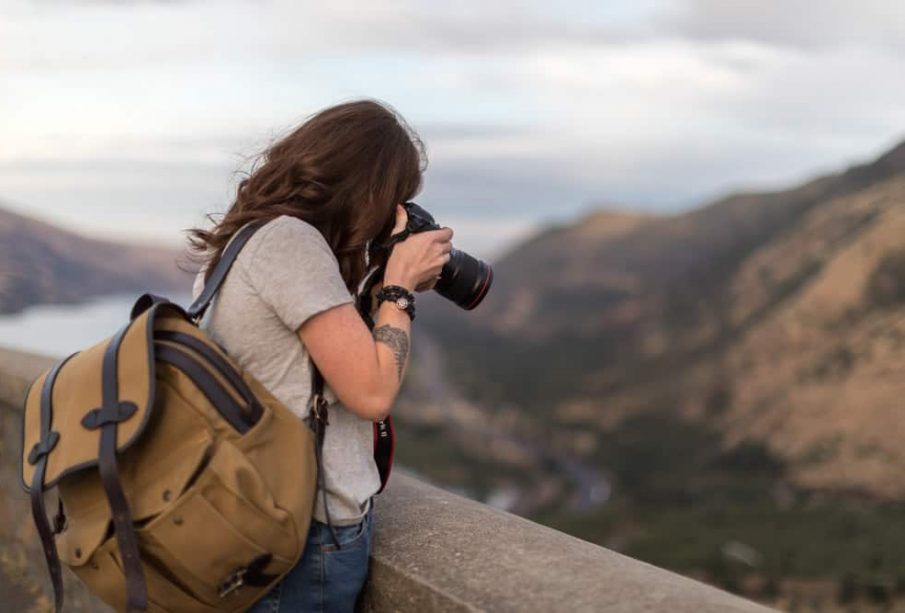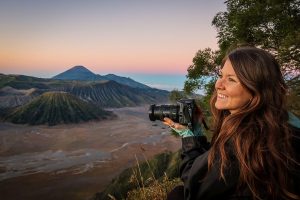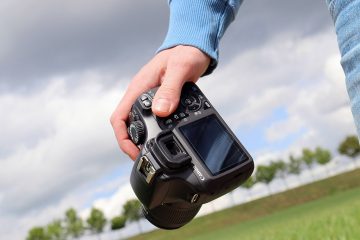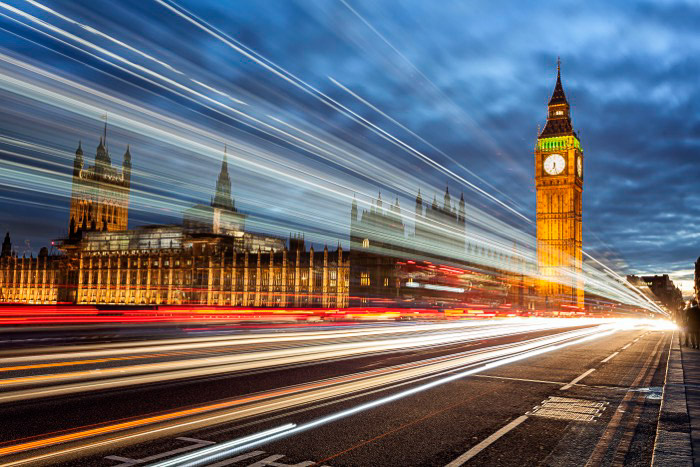Seven Tips For Travel Photography Beginners

The best advice when it comes to improving your travel photography is practice, practice and practice! Digital photography gives you instant feedback which allows you to identify what works and what does not. You will find it easier to capture the perfect shot when you are comfortable with your settings and camera equipment. These seven tips will help you shoot like a pro within no time.

1. Find out the best time of day to photograph. The best times to shoot outdoors for ambient light are sunrise, sunset, or close by. Because noon is the highest point of the day, the sun casts shadows in undesirable areas and especially on human subjects. You can find a shaded area to filter the harsh light from the ambient light if you have to shoot at noon.
2. Be steady.
3. You should not remove any limbs. Even if you are taking a full body shot of an animal or person, ensure that all important components remain within the frame. You should see things such as fingertips, the edge or a shoe’s sole and hairline. The subject should take up 70% of the photo. However, they shouldn’t be cut too much from the background. You should practice framing your photos to ensure that your subject has enough space, but not too much.
4. The “rule of Thirds” is a good idea. This isn’t a law for photography, but a guideline. It is a visual aid consisting of four perpendicular lines that are straightened with the hashtag (#).. The overall appeal of photos that have the subject in the center of the frame is enhanced if they are located on one of these intersecting points. Street-style fashion is an exception, but you should aim to place your subject slightly to the right, left, top, or bottom in order to provide context for your shot.
5. Keep your voice low and don’t make sudden movements when photographing wildlife. Photographing wildlife requires that you keep your voice low or silent, breathe slowly, slow down, and turn off your phone. Remember that your shutter sound may cause your subject to run away. You might want to shoot your first shot at a distance so that the sound is less disruptive and the animal or bird has time to adjust. Be aware that sudden movements, including sudden stops, can cause your subject to become nervous. If you’re walking at a steady pace, don’t suddenly slow down or stop. Slowly decrease your speed, as animals can detect sudden changes.
6. Sometimes, less is more. Simpler, more effective approaches can work better than having many well-composed elements in a single photo. If there are too many elements in a shot, it can distract from the subject. You want to keep your focus on the main focal point. Things like a cluttered background and a telephone pole sticking out from your subject’s head can be hard to spot, but they are easy to notice and to remove.
7. You can try different angles. Take a seat on your knees (yes, you can kneel on the ground – lay on it if necessary) and then shoot from below. Shoot from the top. Photograph through a fence. Images can be framed and foreground (a.k.a. Layers, such as tufts or grass at the bottom of an image from a ground shot, can really elevate your images and make them more creative. Composition is the key.






